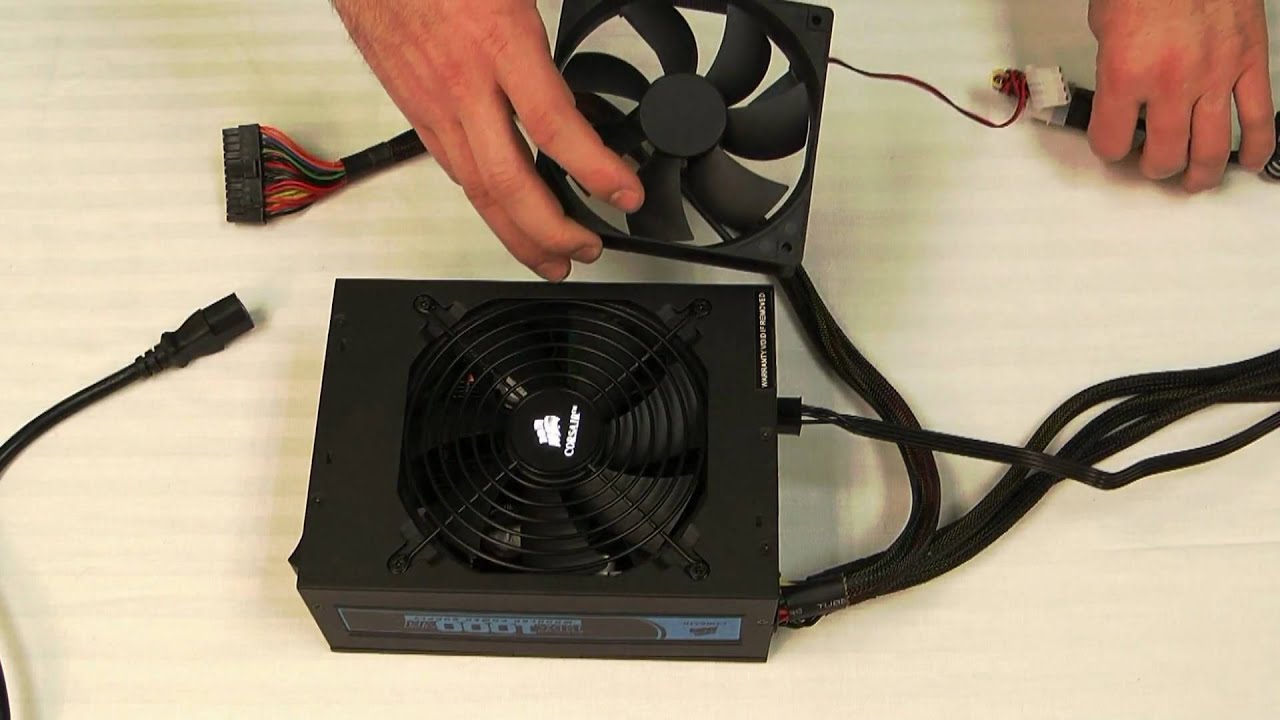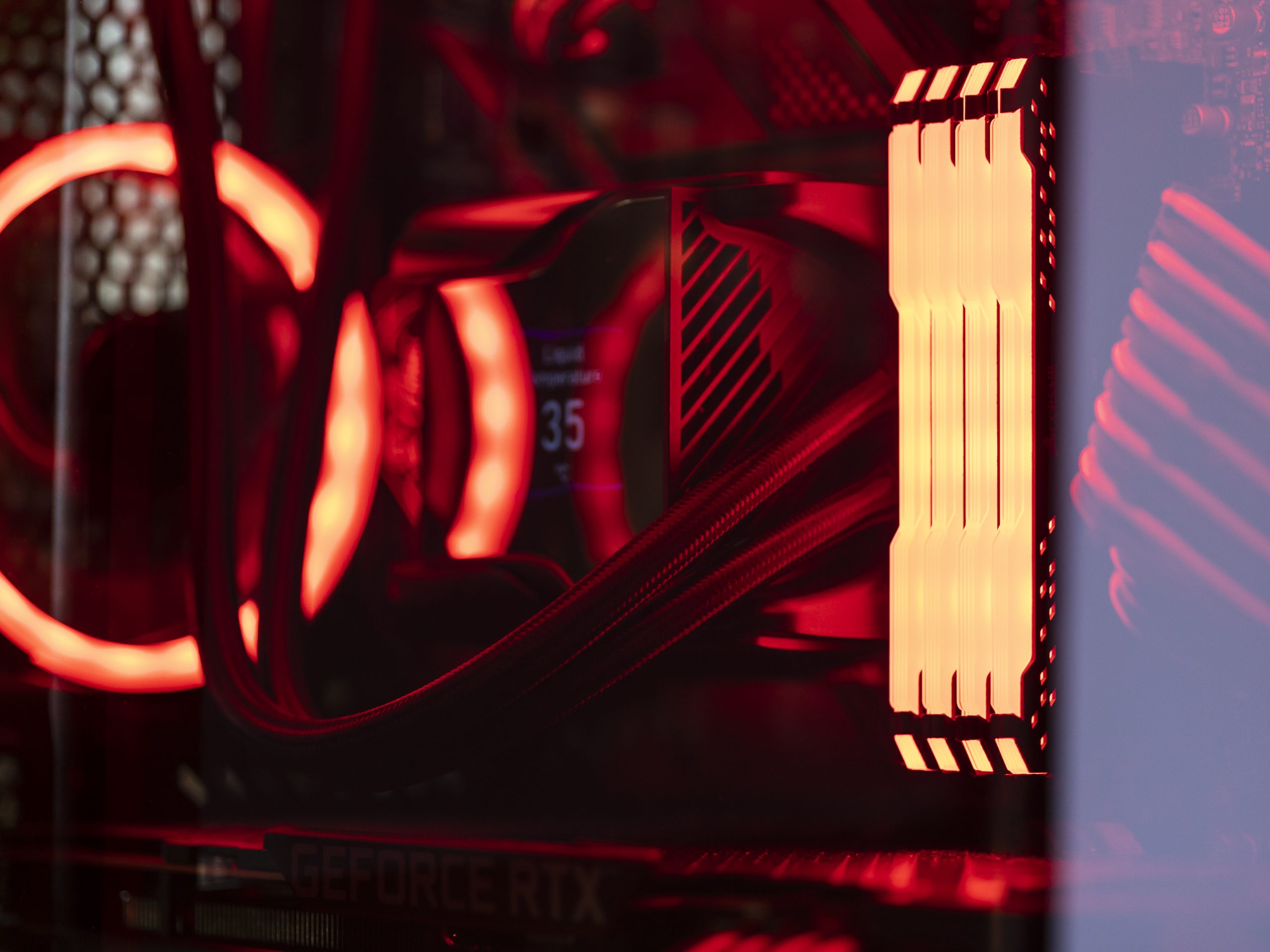Experiencing sudden and unexplained restarts can be frustrating, especially when they’re caused by your power supply unit(PSU). Unlike routine restarts with clear error messages, PSU-related restarts occur unexpectedly, often without warning signs. In addition to the sudden shutdown and reboot, clicking sounds may accompany these restarts. This guide delves into the world of PSU-related restarts, offering insights into their causes and providing a comprehensive troubleshooting approach to effectively resolve the issue.
Understanding PSU Restarts
The phenomenon of PSU-related restarts can perplex even experienced computer users. These restarts don’t follow any pattern or sequence and tend to be erratic in nature. Unlike standard restarts, PSU-induced restarts lack error messages or a sequence of actions leading up to the restart. Instead, they cause an abrupt system shutdown followed by an immediate reboot. Adding to the intrigue, clicking sounds may be audible during this process. It’s important to note that while some PSU-related restarts are the result of manufacturing defects, not all instances can be attributed to such causes.
My First PC and PSU Woes
A decade ago, I embarked on my first PC-building journey, only to be greeted by an incessant cycle of restarts right from the beginning. This baffling issue persisted until further exploration revealed a manufacturing defect in the PSU. However, the complexities of PSU-related problems extend beyond straightforward defects.
Troubleshooting Steps for PSU Restarts
Calculate the Power Requirement
Choosing the right PSU is paramount to stable system performance. It’s not just about meeting power demands; it’s about having a buffer for optimal functioning. Experts often recommend a PSU with a capacity exceeding the system’s power requirement by 25% or more.
Matching PSU Wattage to System Power Requirement
- When the system’s power requirement gets close to or surpasses the PSU’s wattage, it’s a recipe for frequent restarts due to overloading.
- Overheating can become a concern when the PSU struggles to keep up with the system’s power demands.
The GPU and PSU Conundrum
- A real-life scenario involves installing an RTX 3080Ti into a system with a 650W PSU.
- The GPU’s power demands during intensive gaming sessions pushed the PSU to it’s limits, resulting in a cycle of restarts.
- Upgrading to an 850W PSU instantly resolved the instability issues.
Special Consideration: RTX 3000 Series GPUs
- The RTX 3000 series GPUs have been known to trigger frequent PSU restarts.
- The solution lies in upgrading to ATX 3.0 certified PSUs, such as the EVGA SuperNova 850G XC and Corsair RM1200x, which are equipped to handle transient spikes and address the restarting problem effectively.
Underclock PC Components:
- Overclocking components like the CPU or GPU can lead to increased power draw.
- In scenarios where power demands exceed the PSU’s capacity, particularly with underpowered PSUs, system instability can trigger restarts.
- A PSU with a wattage headroom of about 40% is recommended for systems involving overclocking.
Test PSU for Faults:
- The health of the PSU can be determined by testing the output voltage levels of power connectors.
- Each voltage pin in the 24-pin ATX power connector should align within a tolerance limit of ±5%.
- Multimeter testing is a reliable method to identify discrepancies between expected and actual voltage levels.
Hands-On Testing using the Multimeter
By using a multimeter, you can accurately measure voltage levels in connectors such as CPU, SATA, PCIe and Molex.
A safe and effective method to test the PSU’s health is provided in a comprehensive guide.
Check Connectors and Cables:
Address intermittent connectivity issues by reseating power supply connectors.
Accumulated dust or loose connections can lead to restarts.
Verify proper connection of ATX power connectors and pay attention to the PS_ON# and GND pin connection.
Modular PSU Consideration:
While modular PSUs offer flexibility, selecting the right cables is crucial.
Swapping power supply cables can help determine whether the issue stems from cables or the PSU itself.
Avoid compatibility issues by using cables specifically designed for your PSU model.
Eliminate Voltage Fluctuations:
Faulty surge protectors or uninterruptible power supplies(UPS) can lead to voltage fluctuations, contributing to restart issues.
To ensure stable power supply, connect the PSU’s power cord directly to a wall outlet, bypassing such devices.
Consult the Manufacturer:
In cases where none of the previous steps resolve the issue, it’s possible that the PSU itself is faulty.
Consider replacing the power supply unit, especially if you’re still within the warranty period.
For those without a valid warranty, consulting an authorized repair center is advisable to diagnose and repair the PSU.
Conclusion
The enigma of PSU-related restarts can be deciphered through a systematic approach to diagnosis and resolution. By delving into each potential cause and addressing it methodically, you can regain control over your system’s stability. From calculating power requirements to testing for faults and ensuring proper connectors, this comprehensive guide empowers you to confidently troubleshoot PSU restart issues.
Experiencing difficulties with your Device, check out our “How To” page on how to resolve some of these issues.





